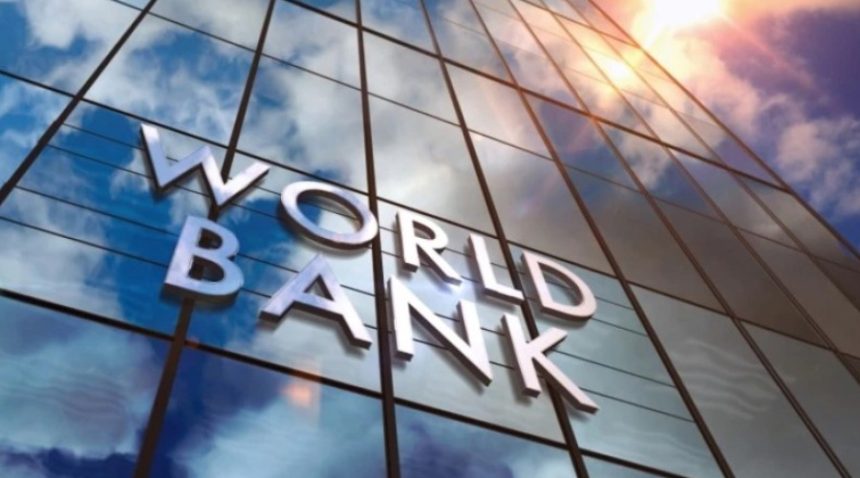Will Tariffs and Trade Tensions Stall Global Growth as World Bank Slashes 2025 Forecast
The global growth outlook for 2025, as projected by the World Bank, has been lowered to 2.3 percent due to inflationary pressures and the disruptive effects of tariffs across the board. The new figure represents a significant reduction compared to the earlier projection of 2.7 percent, made in January in the most recent Global Economic Prospects report. Such a rate, achieved, would be the slowest non-recessionary growth in almost 20 years.
One of the key factors identified in the report is the rising trend of trade fragmentation. In April, the United States, under the current administration, imposed a 10 percent tariff on almost all its major trading partners. This policy has caused widespread policy uncertainty around the world, although it has been put on hold until July. Chief Economist of the World Bank Group, Indermit Gill, noted that the global economy is performing poorly, marking the weakest performance in 17 years, excluding official global recessions.
The report reduced global estimates and narrowed down India’s economic growth projection for 2025/26. The World Bank has also revised its growth projection for India downwards to 6.3 percent from an earlier estimate of 6.7 percent. Although India is the fastest-growing major economy, global uncertainties will likely put pressure on its export business.
Developing Economies Struggle Amid Commodity Decline
Emerging markets, particularly those reliant on commodity exports, face a challenging environment characterized by price volatility and weak demand. An important feature, noted by the World Bank, is that approximately 60% of developing countries are commodity exporters, and many of them are currently facing low international prices as well as unsettled trade flows. These problems have limited the effectiveness of recovery measures and exacerbated fiscal imbalances.
The bank projects global growth to slow to an average of 2.5 percent per year until 2029. This would represent the slowest decade of growth since the nineteen-sixties. Advanced economies are expected to rebound more swiftly, with per capita income returning to pre-pandemic trends by 2027.
However, developing countries are expected to take longer to recover. In the case of developing economies excluding China, per capita output may stay 6% below pre-pandemic projections.
Call for Policy Coordination to Prevent Long-Term Damage
Nevertheless, despite the downward revisions, the World Bank noted that active policymaking would prevent excessive economic losses in the long term. The report recommends that G20 countries resist further fragmentation in trade and developing countries seek to engage in widespread tariff cuts and regulation harmonization.
These measures may stabilize international markets and allow more sustainable and inclusive development. The OECD reduced its global growth estimate to 2.9 percent in 2025, and the IMF to 2.8 percent, citing trade uncertainties and inflation as significant dangers to recovery.





